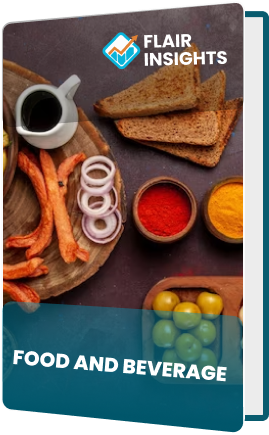
Global Crop Protection Chemicals Market Size By Type (Herbicides, Insecticides), By Application (Foliar Spray, Seed Treatment), By Region, And Segment Forecasts, 2023 to 2032
Report Id: 10934 | Published Date: Feb 2023 | No. of Pages: | Base Year for Estimate: Feb 2023 | Format:
The Global Crop Protection Chemicals Market was valued at USD 70 billion in 2023 and is projected to surpass USD 110 billion by 2031, growing at a CAGR of 5.8% during the forecast period (2023–2031). The increasing need to enhance agricultural productivity, driven by the growing global population and diminishing arable land, is propelling the demand for crop protection chemicals. These chemicals, including herbicides, insecticides, fungicides, and biopesticides, play a vital role in safeguarding crops from pests, diseases, and weeds, ensuring higher yields and quality.
Drivers:
Rising Demand for Food Security: The global
population growth has led to increased food demand, necessitating efficient
farming methods and robust crop protection.
Adoption of Advanced Agricultural
Practices: Technological advancements, such as precision farming, are
integrating crop protection chemicals to maximize yield and reduce wastage.
Increased Awareness of Sustainable
Agriculture: The rising adoption of biopesticides, which are eco-friendly and
effective, is driving market growth.
Restraints:
Stringent Regulatory Frameworks: Government
regulations on chemical usage, focusing on environmental and human safety, can
limit the market's growth.
Development of Resistant Pests: Overuse of
synthetic chemicals has led to pest resistance, impacting the efficacy of
certain crop protection solutions.
Opportunity:
Emerging Markets: Developing countries,
particularly in Asia-Pacific and Latin America, are adopting modern
agricultural practices, presenting significant growth opportunities.
Biopesticides and Organic Farming: Rising
demand for organic produce is boosting the adoption of biopesticides, fostering
innovation in sustainable crop protection solutions.
Market by Product Type Insights:
The herbicides segment held the largest
market share in 2023, driven by their widespread use in controlling weeds and
enhancing crop yields. Biopesticides are anticipated to grow at the fastest
rate, supported by increasing consumer demand for organic food and stringent
regulations against synthetic pesticides.
Market by Crop Type Insights:
Cereals and grains were the largest
consumers of crop protection chemicals in 2023 due to their global dietary
importance. The fruits and vegetables segment is expected to witness
substantial growth, propelled by the increasing need for high-quality,
residue-free produce.
Market
by Regional Insights:
Asia-Pacific: The largest and
fastest-growing region, owing to rapid agricultural development and rising
awareness among farmers in countries like China and India.
North America: Holds a significant share
due to advanced agricultural practices and substantial investments in R&D
for sustainable crop protection solutions.
Europe: Driven by the demand for
biopesticides and stringent regulations promoting sustainable farming
practices.
Competitive
Scenario:
Key players include BASF SE, Bayer AG,
Syngenta AG, Corteva Agriscience, FMC Corporation, ADAMA Ltd., UPL Limited, and
Nufarm. These companies focus on innovations, mergers, and acquisitions to
maintain competitive advantage. Recent developments include:
In 2023, Bayer launched an AI-driven
platform to optimize the application of crop protection chemicals.
Syngenta unveiled a new range of
biopesticides in 2024, targeting the organic farming sector.
Scope
of Work – Global Crop Protection Chemicals Market
|
Report
Metric |
Details |
|
Market Size (2023) |
USD 70 billion |
|
Projected Market Size (2031) |
USD 110 billion |
|
CAGR (2023–2031) |
5.8% |
|
Key Segments |
Product Type, Crop Type, Region |
|
Major Drivers |
Population growth, sustainable farming |
|
Opportunities |
Biopesticides, emerging markets |

Speak with an analyst to get exclusive insights tailored to your needs
.png)
